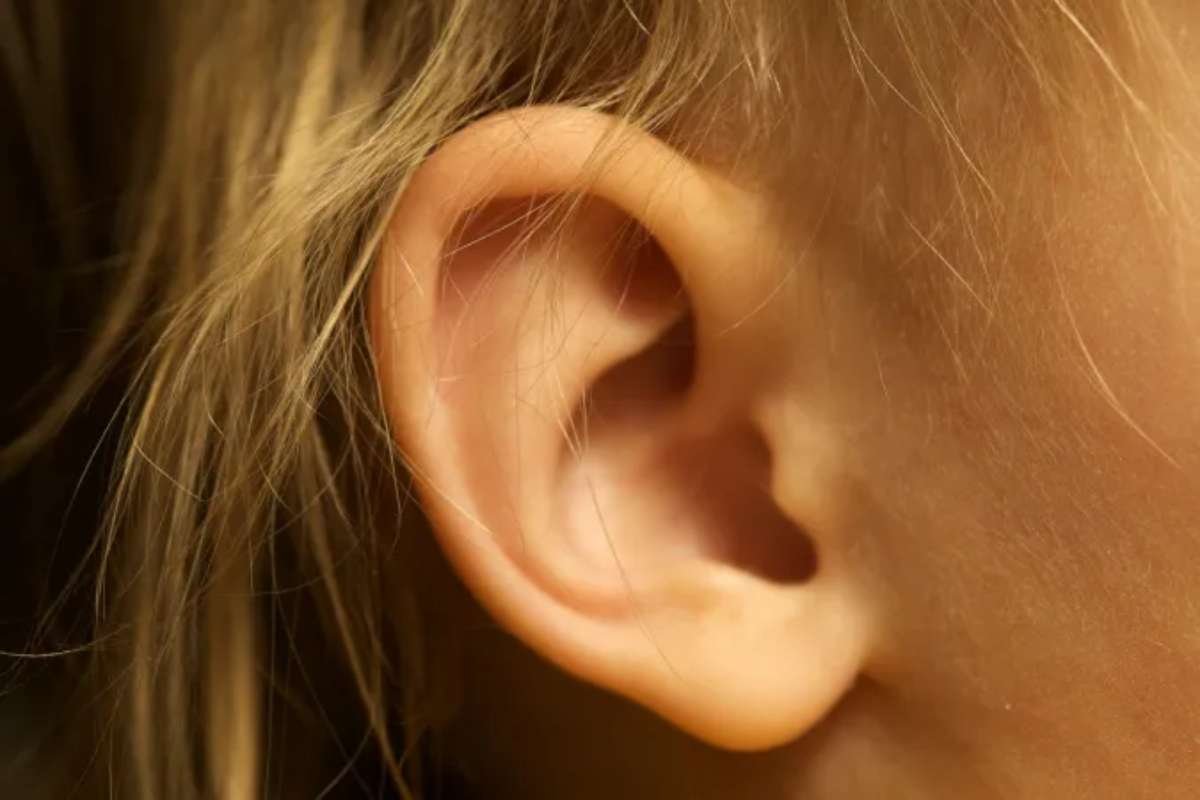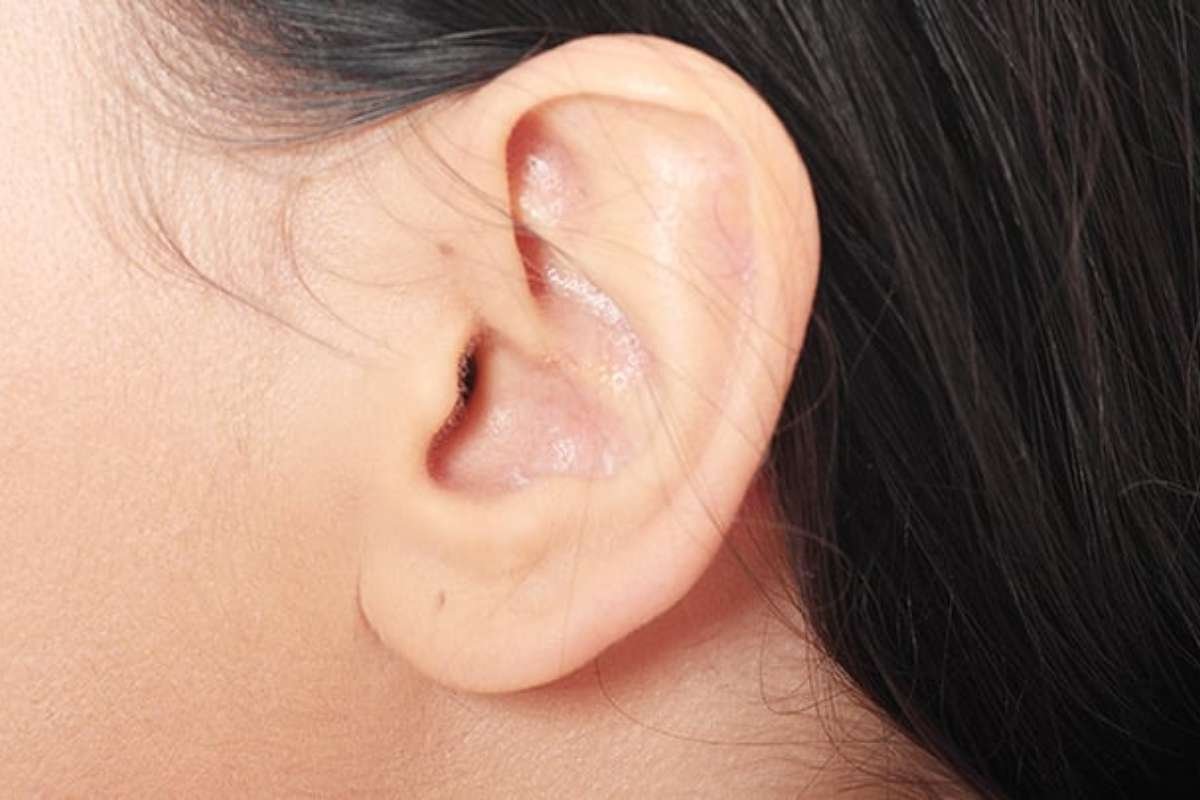Understand Your Genetics Through the Types of Earlobes
Understand Your Genetics Through the Types of Earlobes
Blog Article
Understand Your Genetics Through the Types of Earlobes

- Source: by stock_alexfamous from Getty Images Pro
Ears are something we all have, but not many of us pay attention to them, especially the earlobes. Looking closely, you will find that earlobes come in different shapes. Some people have earlobes that hang free, while others have ones that are tightly attached to the side of their face. These differences may seem small, but they can reveal some interesting facts about genetics and even personality traits. In this article, we will look at the different types of earlobes in a simple, easy-to-understand way.
Why Earlobes Matter?
Earlobes look like soft flaps of skin, but they are more than just spots to hang earrings. They can tell you about your family traits and even some health indicators. Scientists have long studied the types of earlobes to understand how certain genes are passed from one generation to the next. While no deep medical meaning exists behind them, earlobes are a fun way to explore human differences.
The 5 Common Types of Earlobes:
Here are the five main types of earlobes seen in people around the world. Each type has its unique look.
1. Free Earlobes

Key Features:
- Hang loose
- Separated from the head
- Often seen as more flexible
2. Attached Earlobes
Attached earlobes are connected directly to the side of the head with little or no hanging part. They look like they are “stuck” to the face. This type is thought to be a recessive trait in genetics, which means it is passed down when both parents have the same gene.
Key Features:
- No visible gap between the ear and the face
- Appear tight or flat.
- Sometimes less flexible
3. Partially Attached Earlobes

Key Features:
- Slight drop below the head
- Not fully free or fully attached
- Common in many people
4. Elongated Earlobes

Key Features:
- Appear stretched
- Often hang lower than other types
- Can be natural or from lifestyle
5. Wrinkled or Creased Earlobes
Some people have visible lines or creases running through their earlobes. This becomes more common with age, but can also be seen in younger people. Studies have explored whether creased earlobes are linked to heart issues, but nothing has been proven yet. Still, it is an interesting variation to notice.
Key Features:
- Visible line or crease
- Often seen in older adults.
- Sometimes linked to health research.
Read Also: 5 Tips to Remove Water From Your Ears After Swimming
Genetics Behind Earlobe Types
The types of earlobes you have depend on your DNA. Genes from your parents decide if your earlobes are free, attached, or somewhere in between. Earlier, scientists believed it was a simple one-gene trait, but now we know it can be more complex. Multiple genes work together to decide the final shape. If both your parents have free earlobes, chances are high that you will too. But if they have different types, your result could be a mix, like partially attached earlobes. These traits can skip generations or show up in surprising ways.
Are Earlobes Linked to Personality?
There is no strong science to support the idea that the types of earlobes tell us about someone’s character. However, some people enjoy connecting body features with personality for fun. For example:
- Free earlobes: Seen as open-minded and flexible
- Attached earlobes: Thought to be focused and practical
- Elongated earlobes: Often linked with wisdom in Eastern cultures
Earlobe Facts You Probably Didn’t Know
Here are some cool facts that make earlobes even more fascinating:
- Earlobes grow throughout your life:That’s why they can look longer in older adults.
- Some people are born without earlobes.:It’s rare but possible.
- Heavy earrings can change the earlobe shape:Over time, they may stretch and appear longer.
- Earlobes don’t help you hear:Unlike other parts of the ear, they serve no direct function for hearing.
Conclusion
Earlobes may seem like a small detail, but they offer a fun way to explore human differences and genetics. If yours are free, attached, or anything in between, they make you unique. Understanding the types of earlobes is not only interesting but also a way to appreciate how our bodies tell the story of our family lines and heritage. So next time you look in the mirror, take a moment to check out your earlobes; you might just learn something new.